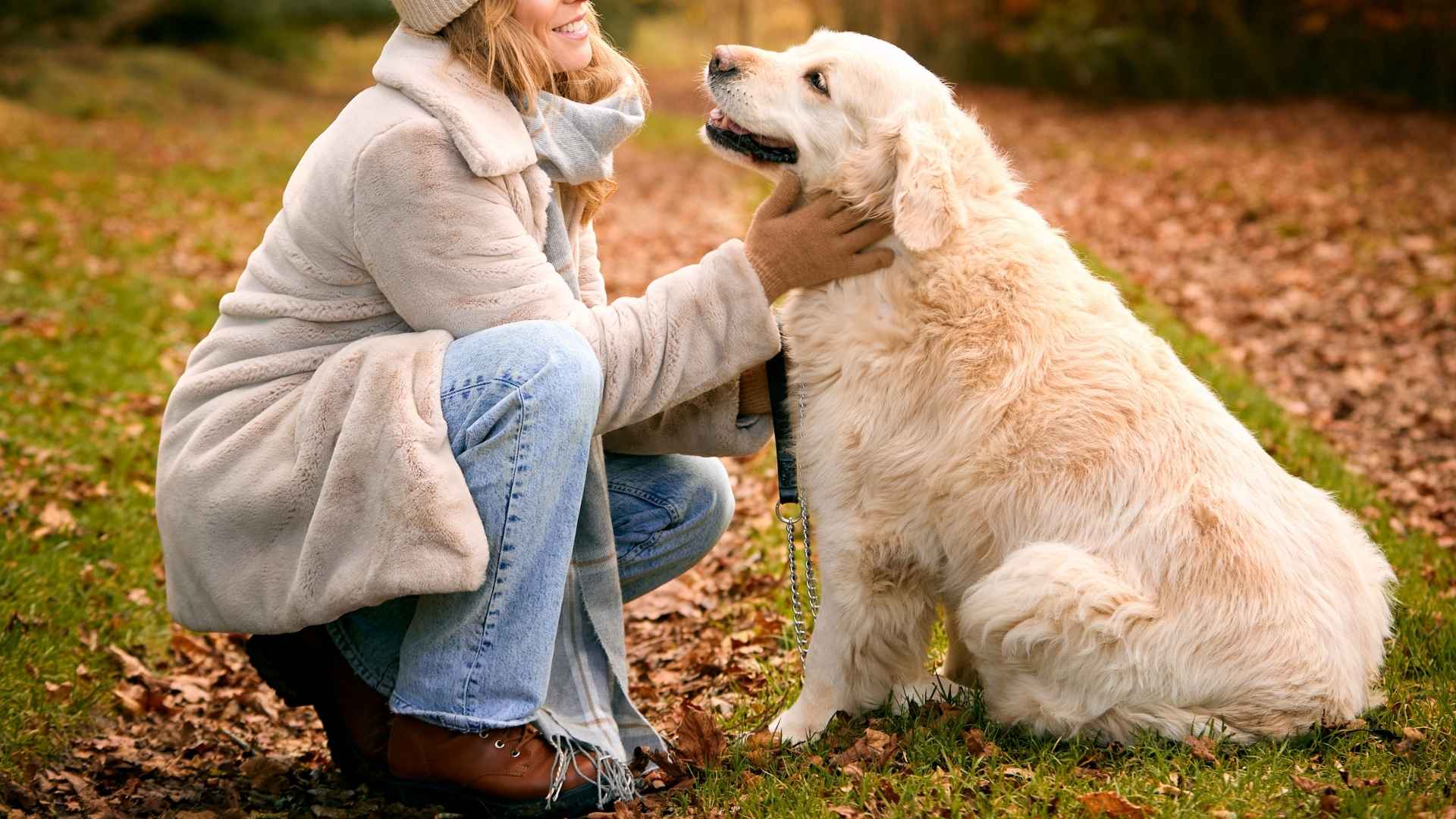When navigating the challenges of anxiety, depression, PTSD, or other mental health conditions, the unwavering support of a loyal dog can be life-changing. Dogs are natural companions—offering unconditional love, affection, and a calming presence during life’s most stressful moments. Emotional support animals (ESAs), particularly dogs, are increasingly being recognized for their role in mental wellness, often providing comfort and stability without needing any specialized training.
While any dog can offer an emotional connection, certain breeds are especially suited for therapeutic roles. Their intuitive nature, calm demeanor, and affectionate personalities make them ideal candidates for both emotional support and structured pet therapy programs like Animal-Assisted Therapy (AAT) or Animal-Assisted Activities (AAA). These dogs can help regulate emotions, reduce stress, and bring a soothing routine into their owners’ lives.
In this article, we’ll explore the best dog breeds for mental health therapy—those with traits that naturally align with emotional support needs. Whether you’re considering an ESA or simply curious, these breeds stand out for their exceptional ability to uplift the human spirit.
Best Dog Breeds For Mental Health Therapy
1. Cavalier King Charles Spaniel
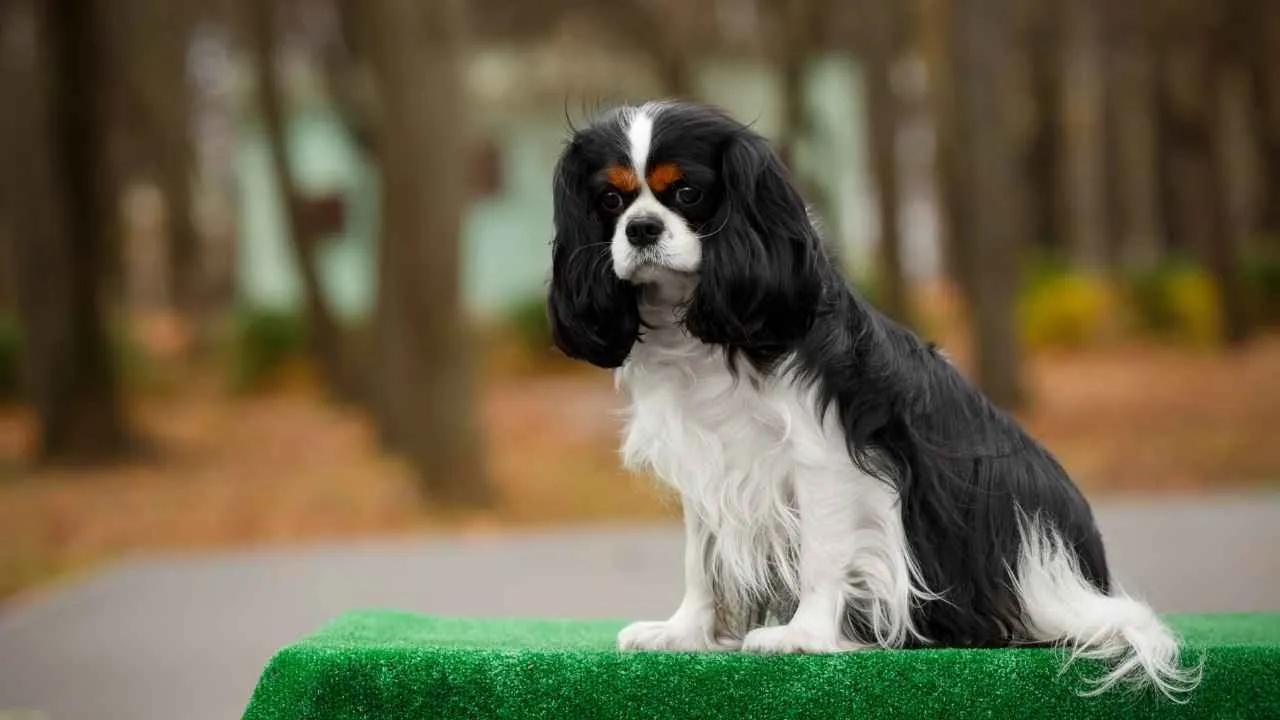
The Cavalier King Charles Spaniel, a toy breed with royal roots, has long been adored for its sweet temperament and companionable spirit. Originating in the United Kingdom and named after King Charles II, these small dogs stand about 12–13 inches tall and weigh between 13 and 18 pounds.
They belong to the Toy Group and typically live between 9 and 14 years. Noted for their expressive, dark eyes and feathered ears, Cavaliers have a silky coat that comes in elegant shades such as Blenheim, tricolor, ruby, or black and tan.
PDSA says that Cavaliers are kind, gentle, and loyal dogs, which contributes to their popularity. However, they require constant companionship, as they can become very distressed when left alone. They become great therapy dogs.
Ideal Owner
The ideal owner for a Cavalier is someone gentle and attentive who values companionship and doesn’t spend long hours away from home. These dogs thrive in nurturing homes where they can be close to their human family.
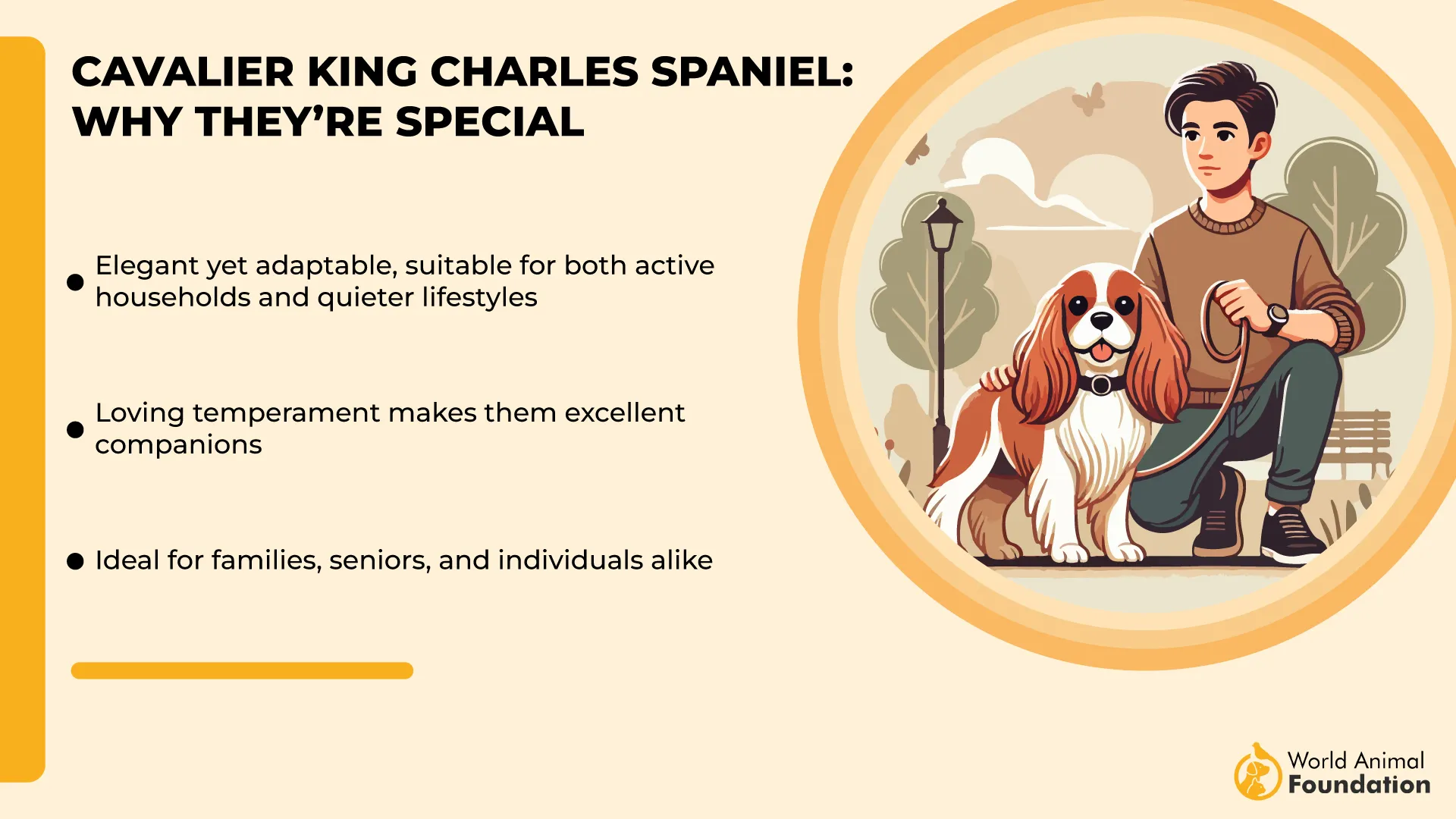
Whether you’re a first-time pet parent, an elderly individual seeking comfort, or a family wanting a loving, sensitive dog, a Cavalier will meet your needs with unwavering affection and devotion.
Fact: The breed’s calm and cuddly nature makes it particularly suited for therapeutic settings like nursing homes and therapy programs.
2. Havanese
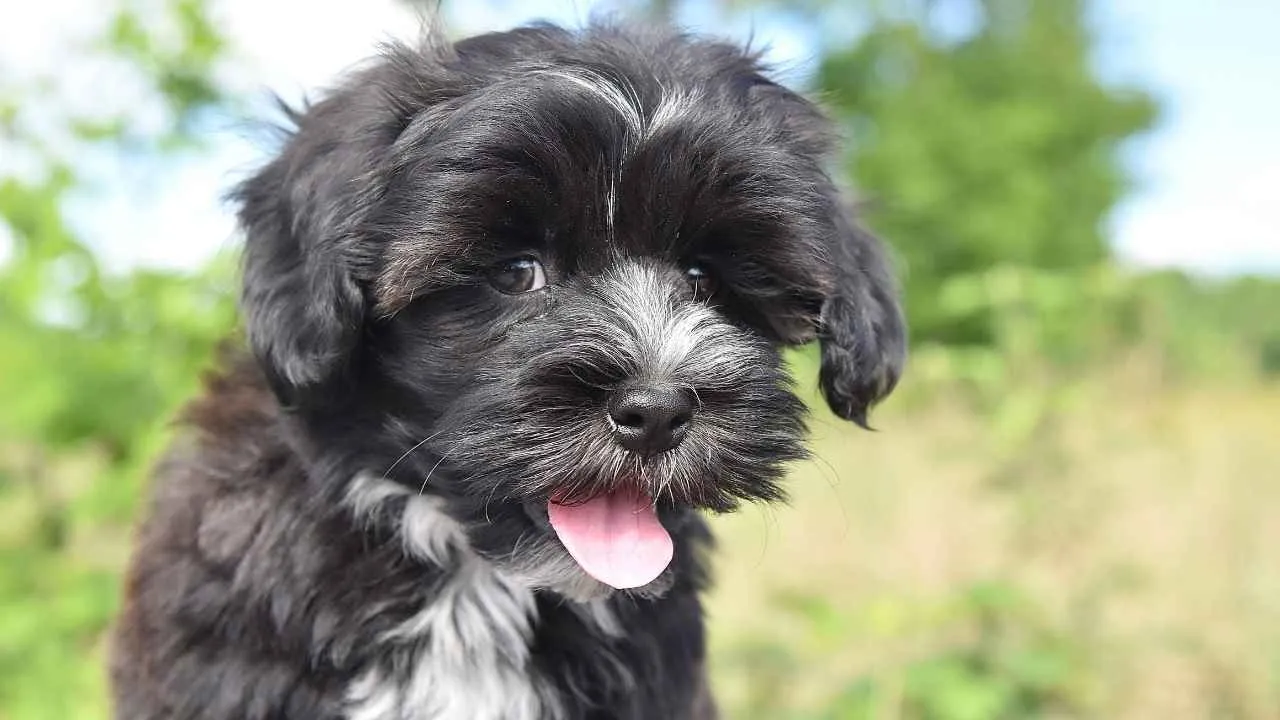
The Havanese, Cuba’s national treasure, is a small yet spirited breed descended from the Bichon family. Originating centuries ago, these dogs were adored by Cuban aristocrats and later rose to fame in Europe and the U.S.
Their average height ranges from 8.5 to 11.5 inches, and they weigh between 7 to 13 pounds. With a rectangular body, plume-like tail, and a luxurious double coat in more than two dozen color patterns, the Havanese exudes charm and elegance.
Their signature gait and expressive dark eyes make them hard to resist. Known for their long lifespan of 14 to 16 years, these dogs offer years of devoted companionship. Their intelligence and eagerness to please also make them excellent for training and therapeutic roles.
Ideal Owner
The ideal owner for a Havanese is someone who values companionship. WebMD states that Havanese dogs are highly social and affectionate, making them excellent companions who thrive on human interaction.
These dogs are social butterflies, thriving in environments filled with love and attention. Perfect for families, individuals with anxiety, or anyone needing emotional support, they adapt well to apartments or smaller spaces. They respond beautifully to positive reinforcement and love being the center of attention.
Did you know? The Havanese was once dubbed the “White Cuban” and nearly went extinct in the 20th century before being revived in the U.S.
3. Beagle

The Beagle, a lovable scent hound with a heartwarming personality, traces its origins to England, where it was bred for hunting in packs. Recognized for its compact build and cheerful demeanor, this breed stands between 13 to 15 inches tall. PetMD says that regardless of their size, a full-grown Beagle should not weigh more than 30 pounds.
The Beagle sports a short, double-layered coat in various tricolor combinations, most commonly white, black, and tan. Its large, expressive eyes, floppy ears, and alert bark contribute to its charming and unmistakable appearance.
With a life span of 12 to 15 years, Beagles are known for their endurance, curiosity, and sociable disposition, making them a suitable breed for therapeutic support.
Ideal Owner
Beagles thrive in environments where they can interact with multiple people, making them ideal companions for schools, care facilities, and large families. Their sociability and love for human contact suit them well for individuals battling anxiety or depression.
While their independent streak requires consistent training, their affectionate nature and energy make them particularly beneficial for those seeking emotional uplift. Beagles are especially effective in group therapy settings due to their friendly and outgoing personality.
Fact: Beagles’ exceptional sense of smell and enthusiastic nature make them favorites in both scent detection and therapy roles.
4. Bichon Frise
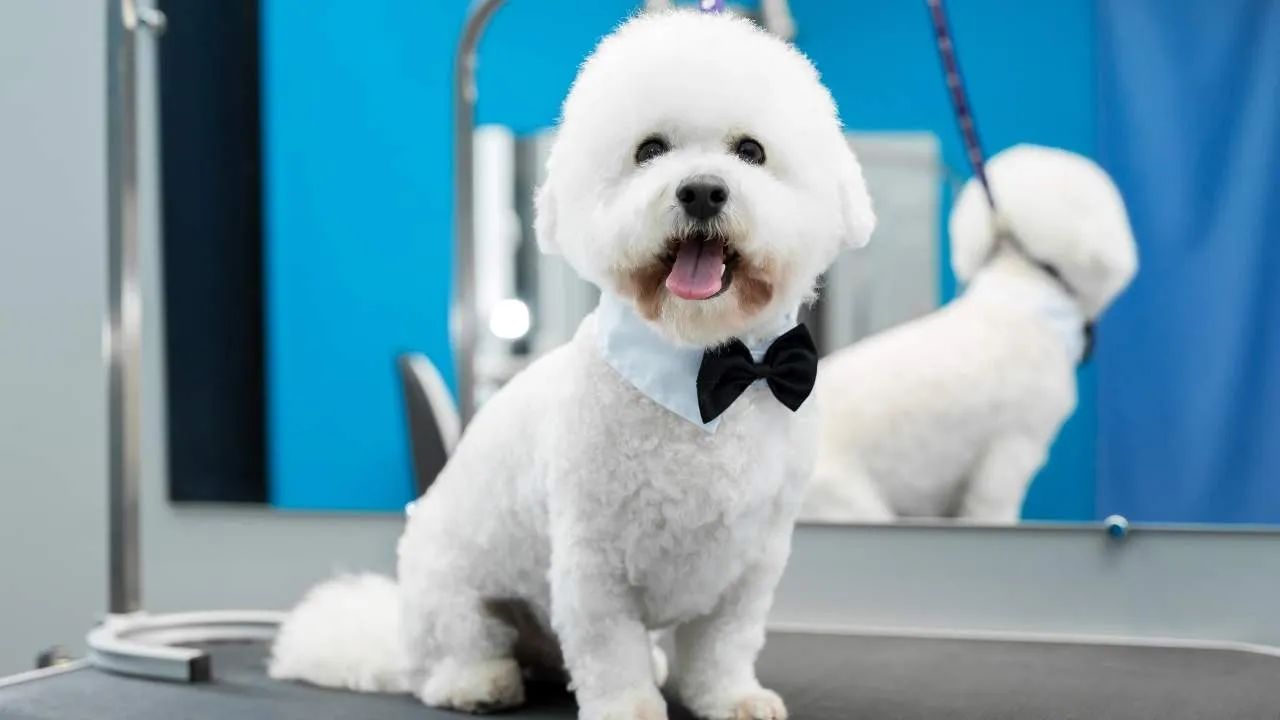
The Bichon Frise—also known as the Bichon à Poil Frisé—has a rich European lineage dating back to antiquity, where it charmed aristocrats with its beauty and wit. This small but spirited companion stands under 12 inches tall and weighs between 12 to 18 pounds.
Its crowning feature is a hypoallergenic white coat, plush and velvety, accentuating expressive dark eyes and a black button nose. Bichons belong to the Non-Sporting Group and live up to 14–15 years. Their charming antics, affectionate nature, and hypoallergenic fur make them ideal candidates for mental health therapy.
Whether cheering up patients in hospitals or offering calm companionship in nursing homes, these dogs excel in spreading comfort and joy. Though they can be lively and playful, their calm temperament and adaptability shine in therapy settings.
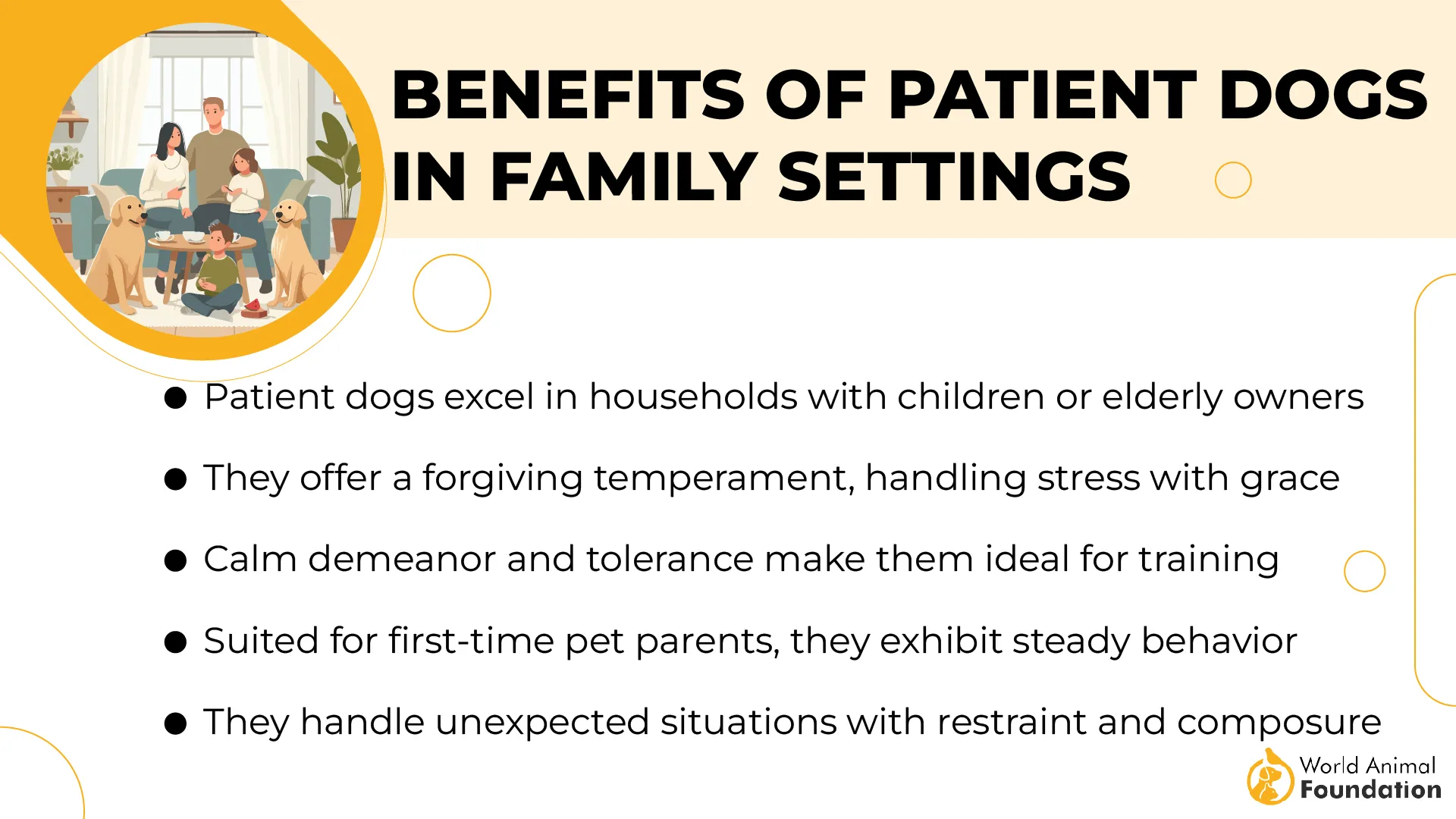
Ideal Owner
The Bichon Frise is a perfect match for individuals who require emotional support in structured environments such as assisted living centers, schools, or therapy clinics.
They thrive with handlers who appreciate a low-shedding, affectionate breed and are able to commit to basic grooming and training. Their manageable size and adaptable nature also make them suitable for apartment dwellers or those with limited mobility.
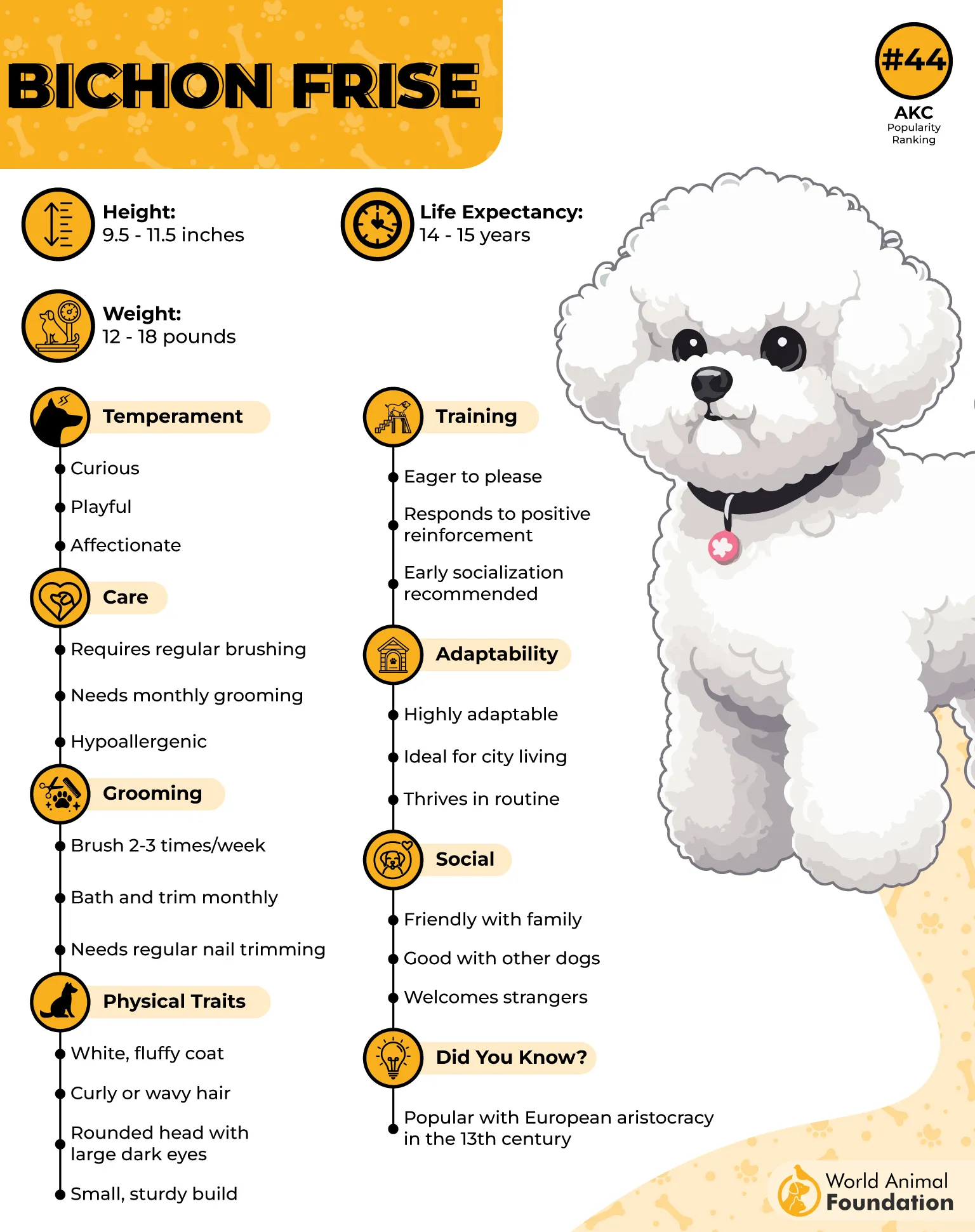
Fun Fact: Despite their royal history, Bichons are universally friendly, treating even the postman like a long-lost friend.
5. Shih Tzu
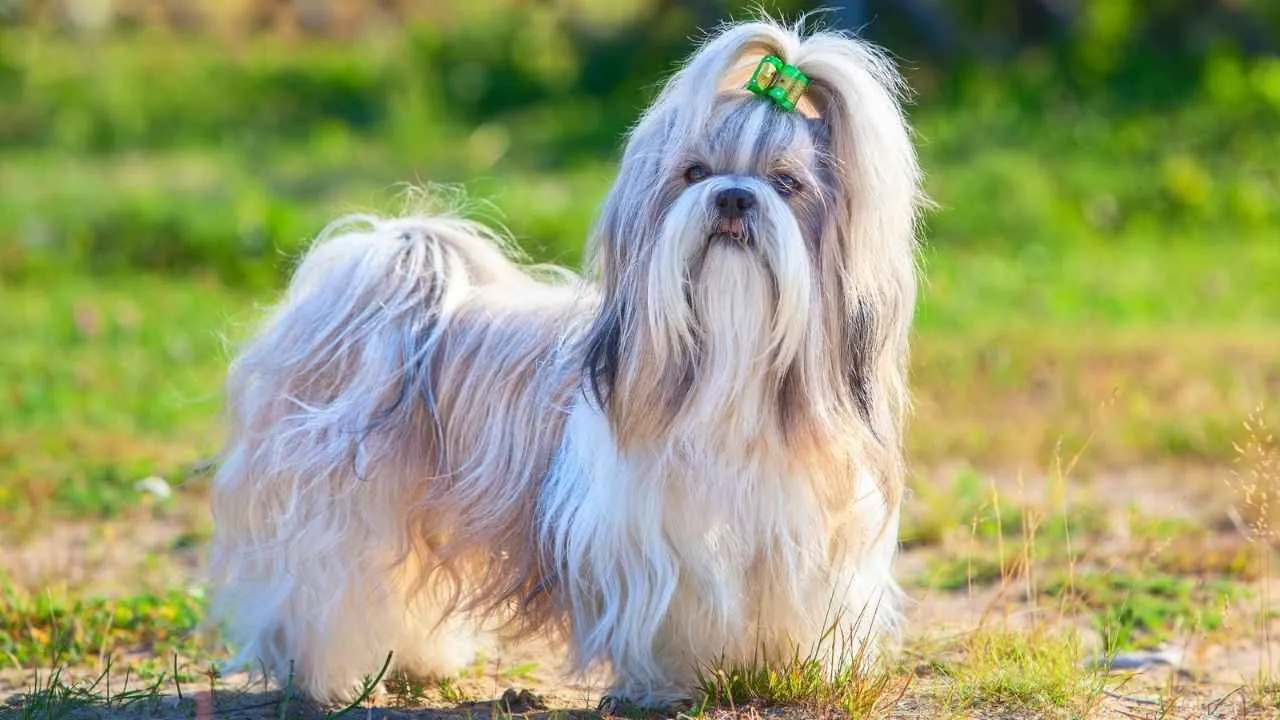
The Shih Tzu—also known as the “Lion Dog” and pronounced “sheed-zoo” in the West—is a toy breed originally bred to live a life of luxury within Chinese royal courts. This adorable companion stands between 8 to 11 inches tall and weighs between 9 to 16 pounds, with a solid build despite its petite frame.
Characterized by its long, flowing coat that comes in many colors, the Shih Tzu exudes elegance, yet thrives on playful mischief. With large, expressive dark eyes and a warm demeanor, it’s easy to see why they’ve charmed hearts for centuries.
Belonging to the Toy Group, this breed typically enjoys a lifespan of 10 to 18 years. While they don’t require intense exercise, Shih Tzus are happiest lounging in laps or participating in gentle play—ideal traits for therapeutic environments.
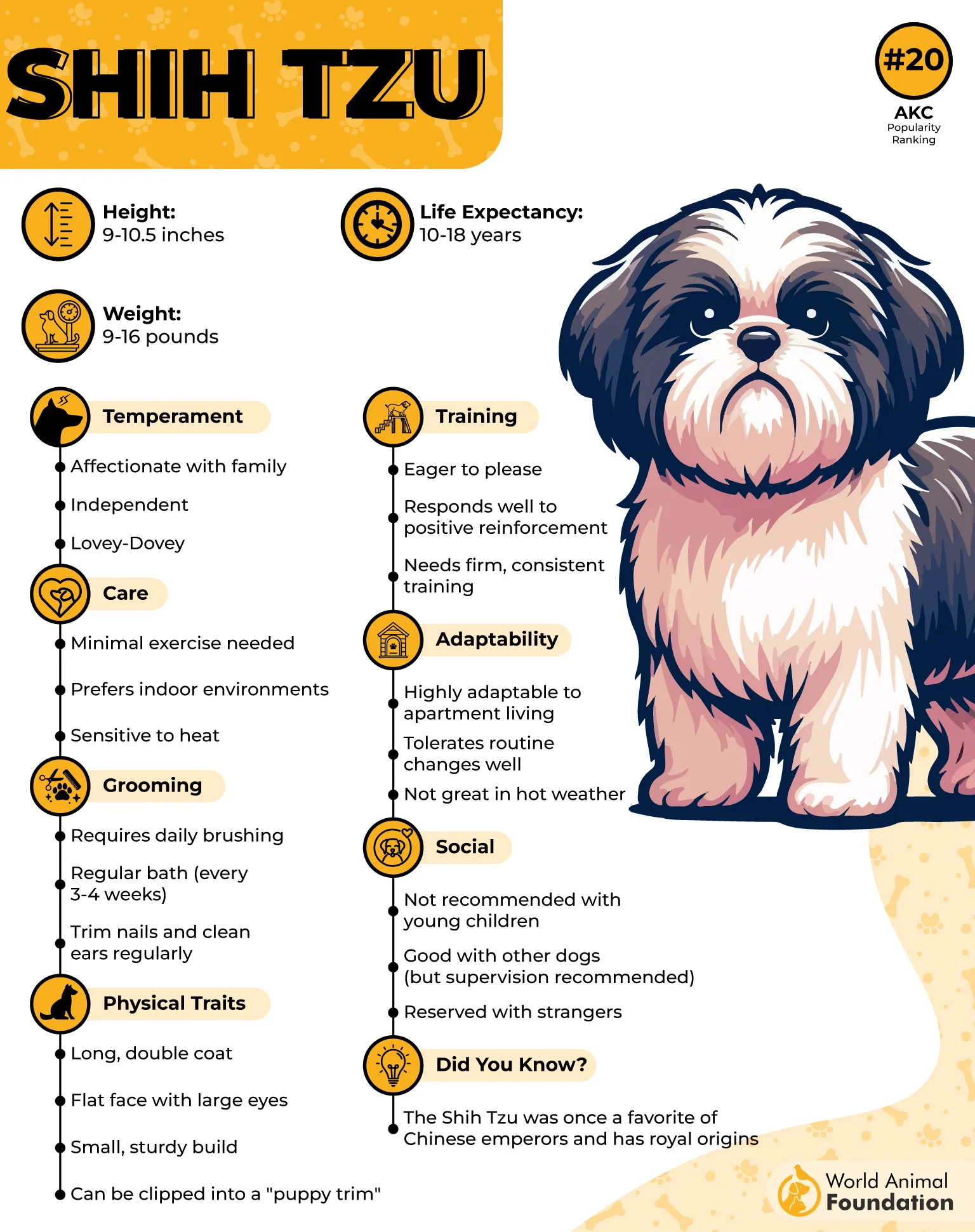
Ideal Owner
Shih Tzus are especially well-suited for individuals seeking an emotionally supportive, low-maintenance companion in a small space. Their gentle, affectionate nature is a blessing for first-time owners, seniors, or those with limited mobility.
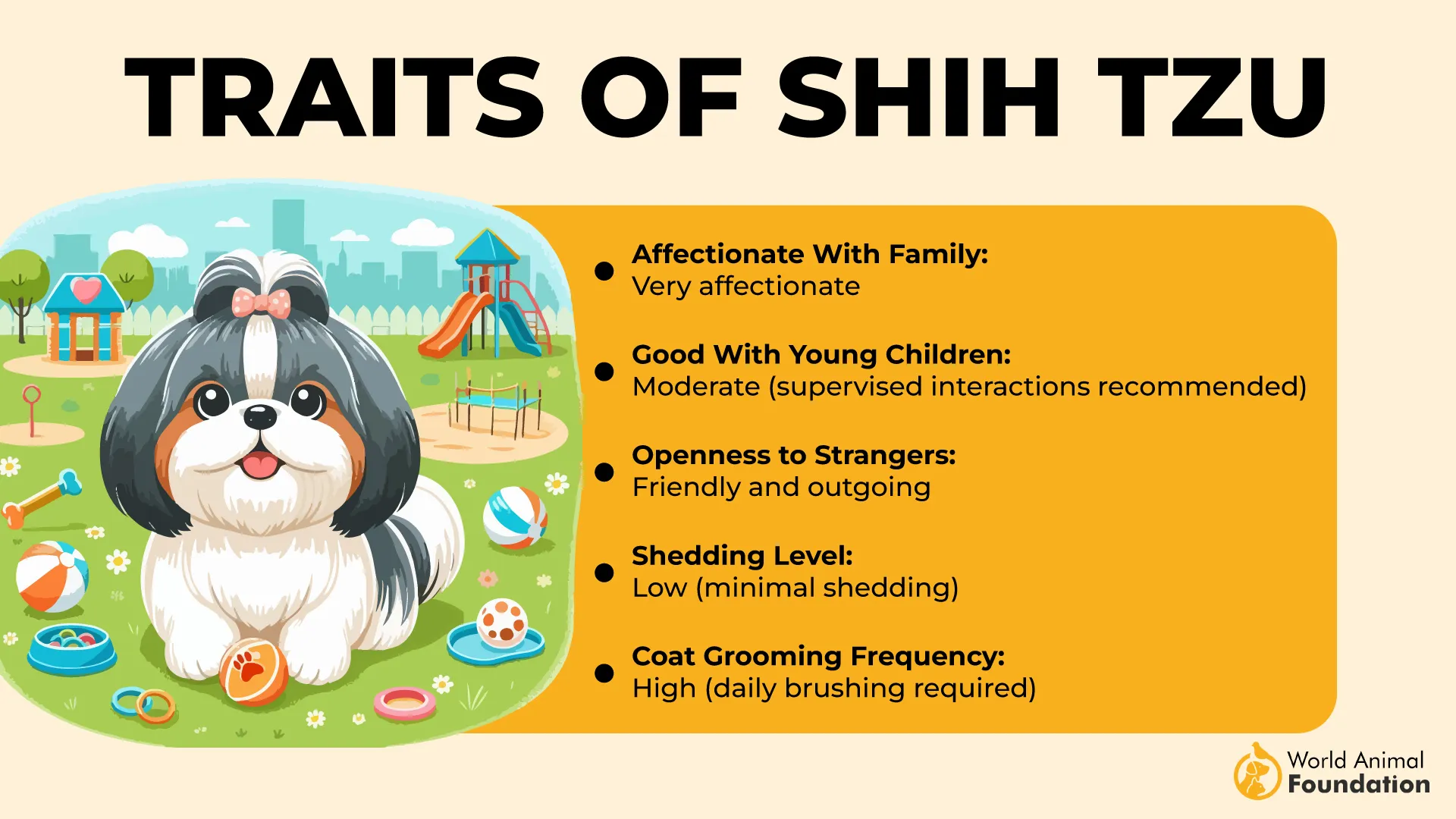
Their intuitive emotional sensitivity makes them outstanding partners for individuals dealing with anxiety or depression. With proper training and consistency, they adapt quickly, forming deep, comforting bonds with their caregivers.
Fun Fact: Shih Tzus have been delighting human companions for over a thousand years, spreading joy and mischief wherever they go..
6. Boxer
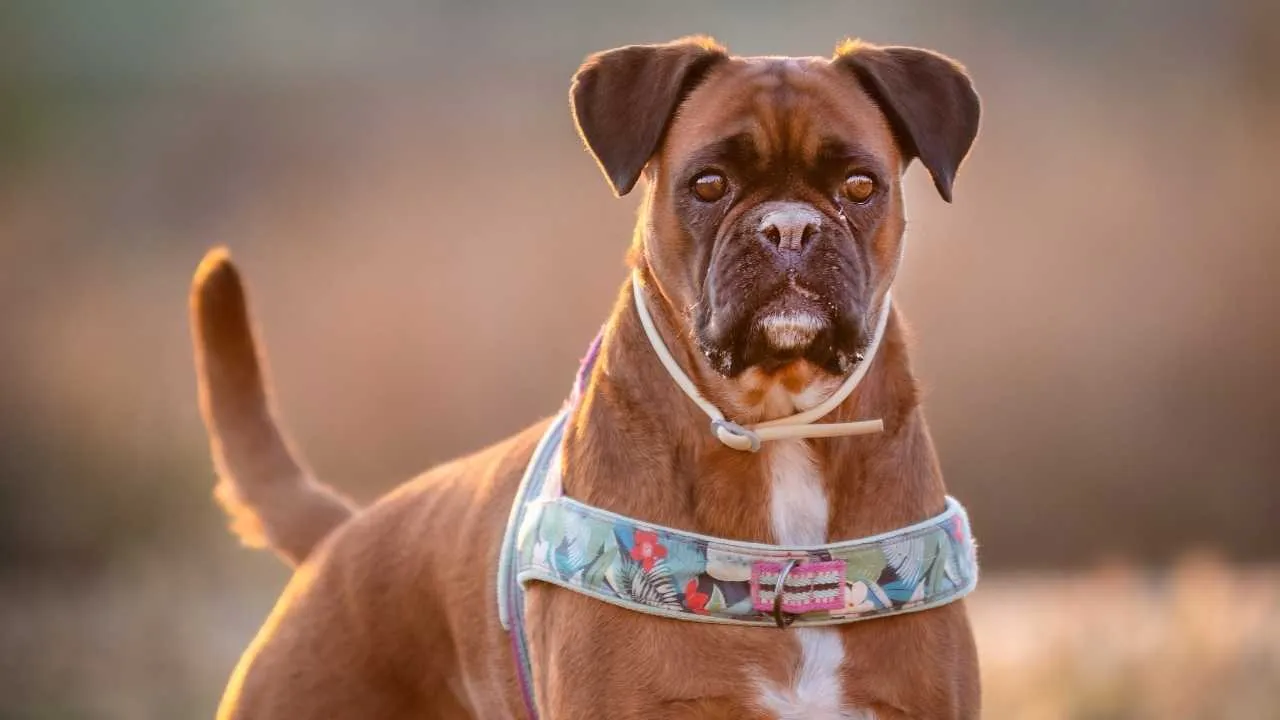
Muscular and lively, the Boxer—also known as the German Boxer—is a medium to large working breed that originated in Germany during the late 1800s. Developed from the Bullenbeisser and English Bulldog, this breed stands out with its athletic frame, tight-fitting short coat, and expressive face marked by dark, intelligent eyes and a furrowed brow.
Male Boxers typically reach up to 25 inches in height and weigh around 65–80 pounds, while females are slightly smaller. Belonging to the Working Group, Boxers have a life expectancy of 10 to 12 years.
With a spirited yet affectionate personality, Boxers are often described as playful and courageous. These characteristics, paired with their loyalty and sensitivity to human emotions, make them well-suited for mental health therapy roles. Their natural attentiveness and ability to bond closely with people enable them to excel in service dog tasks.
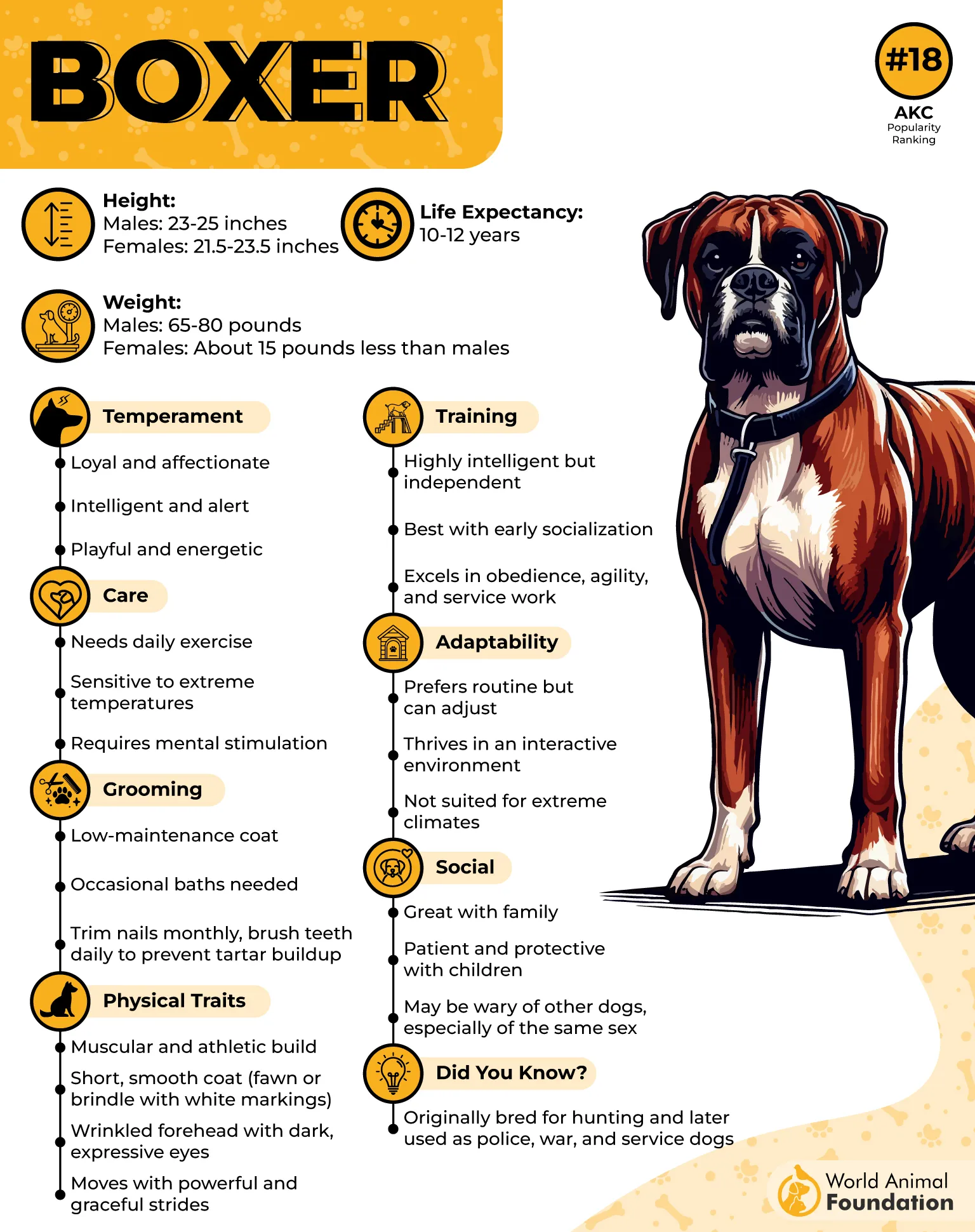
Ideal Owner
Boxers thrive in active homes where companionship is constant. Ideal owners are individuals who are home most of the time, such as remote workers, or families with rotating schedules that keep the house occupied.
Their high need for interaction and exercise means they suit those who can provide regular engagement, both mentally and physically. First-time therapy dog handlers may find their trainability and eagerness to please especially helpful.
Fact: Boxers are often required to pass the AKC Canine Good Citizen (CGC) test or equivalent certifications before being allowed into therapy programs.
7. Golden Retriever
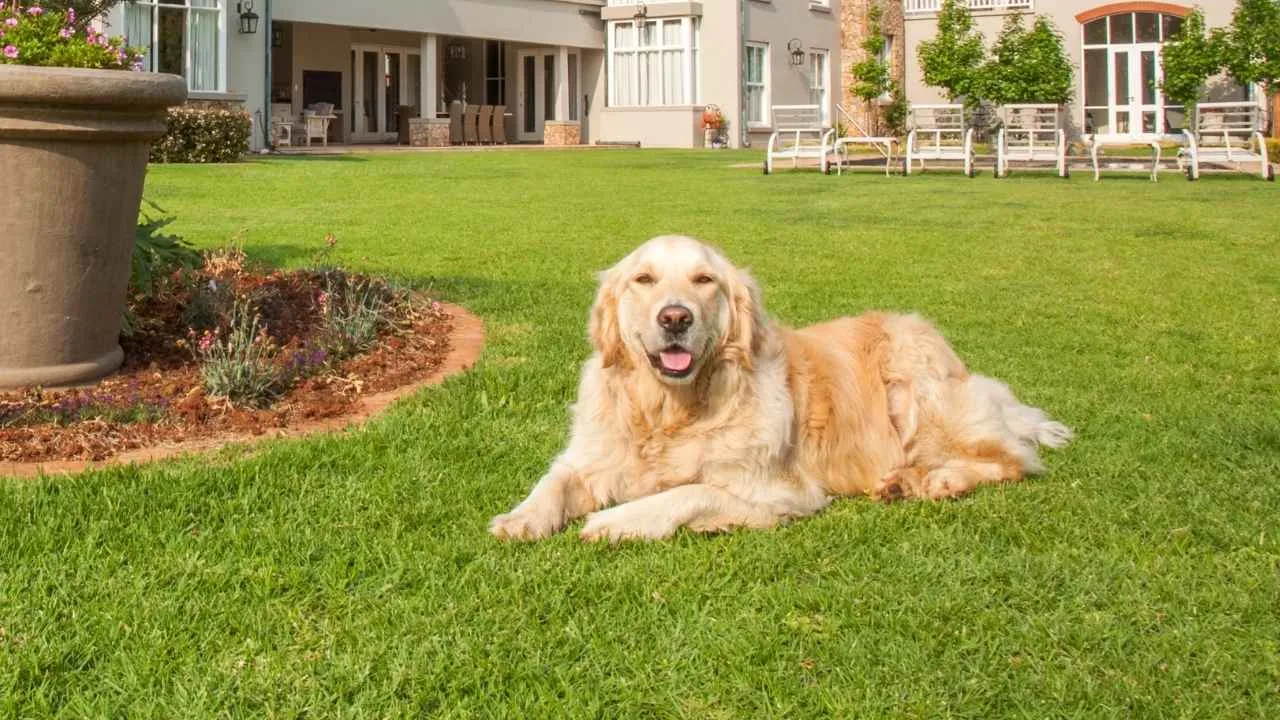
One of the most beloved and recognizable breeds, the Golden Retriever is celebrated for its warm, affectionate nature and unwavering loyalty. Originally developed in 19th-century Scotland as a gundog for retrieving waterfowl, the breed has evolved into an ideal companion known for both its intelligence and versatility.
Males typically stand 23 to 24 inches tall and weigh between 67 and 75 pounds, while females range from 21.5 to 22.5 inches and weigh 55 to 65 pounds. They require proper service dog training. These dogs feature a thick, water-repellent golden double coat, a broad head, friendly dark eyes, and a powerful, graceful build.
Their average lifespan is 10 to 12 years, and they are a part of the Sporting Group. Due to their even temper and kind disposition, they have become favorites as guide dogs, service animals, and emotional support companions.
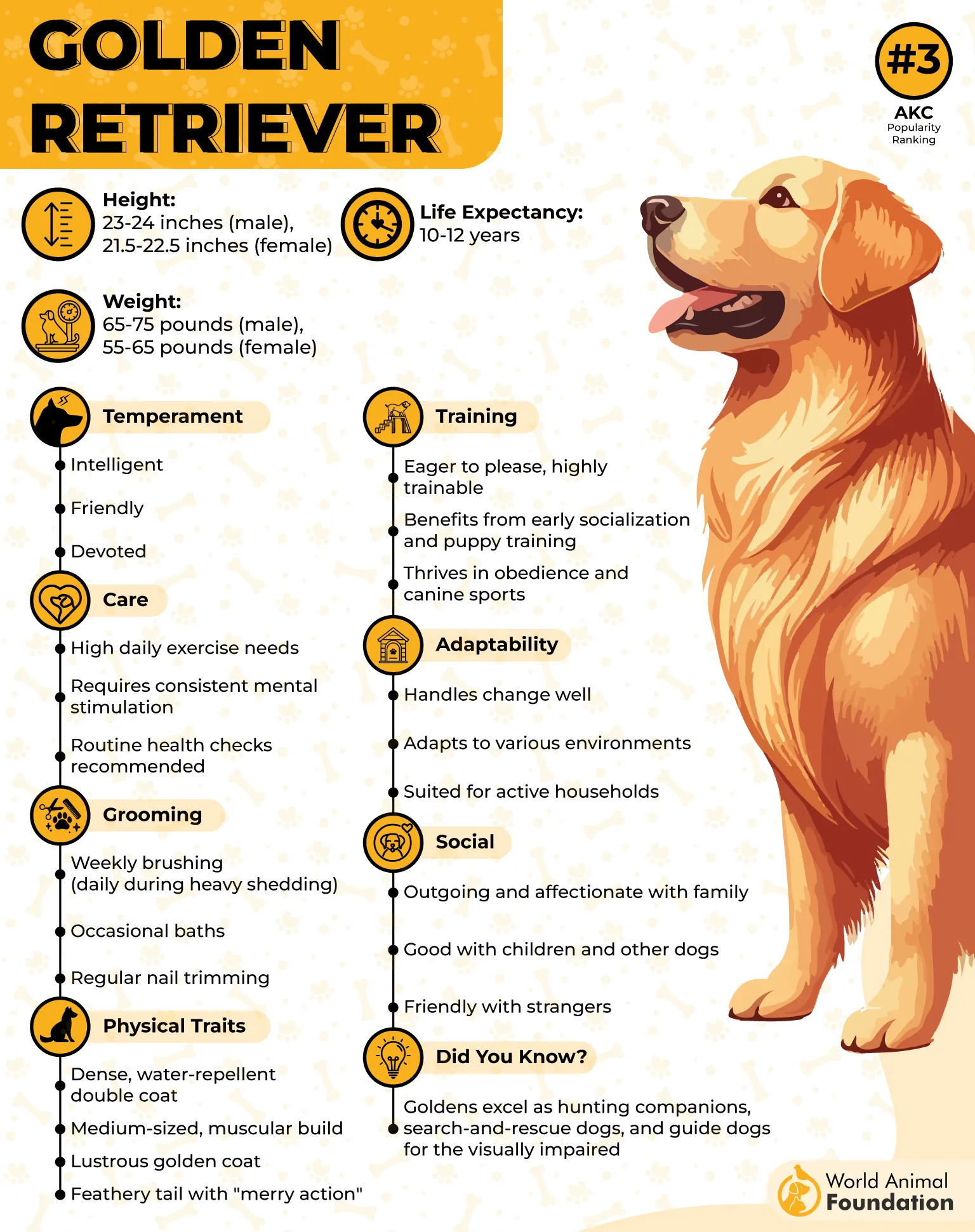
Ideal Owner
These great psychiatric service dog breeds are especially well-suited for families or individuals seeking emotional balance and daily companionship.
Their gentle nature and patience make them a great match for children and trauma survivors, including those on the autism spectrum. Adults in need of ongoing emotional support will appreciate their empathetic and intuitive responses.
Fact: Golden Retrievers are often used in pet therapy programs and have helped children recover from traumatic events.
Conclusion
In choosing the best dog breeds for mental health therapy, it’s essential to consider each breed’s temperament, energy levels, and ability to form deep bonds with humans. Emotional support dogs like Boxers bring joy and stability to those managing anxiety, depression, or PTSD through their affectionate and intuitive nature. These dogs are trained to offer comfort in moments of distress and can even perform tasks like deep pressure therapy. Whether assisting in therapy sessions or providing companionship at home, breeds like the Boxer show how valuable a canine presence can be.
Beyond the breeds discussed, others such as Labrador Retrievers and Bernese Mountain Dogs are also exceptional choices. Their gentle disposition, high trainability, and adaptability make them ideal for individuals working with a licensed mental health professional to manage ongoing emotional or psychiatric challenges. Additionally, breeds trained as medical alert dogs can support both mental and physical well-being, demonstrating that with the right dog, healing can be a little less lonely.


